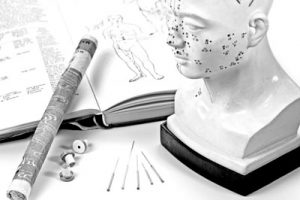Why People Have a Sinus Lift Procedure in Lee's Summit

People who are considering a sinus lift procedure in Lee's Summit may be wondering what exactly happens during a sinus lift procedure. A sinus lift is a surgery that adds bone to the upper jaw in the area around the molars and premolars. The process is also known as a maxillary sinus floor augmentation. It is a comprehensive surgical procedure that lifts the lowest sinus membrane and places a bone graft to increase the amount of bone in the posterior maxilla; also known as the upper jaw bone.
The lifting of the lower sinus membrane is important to make room for additional bone and requires a specialist who is either an oral surgeon, maxillofacial surgeon or a periodontist.
Why is a sinus lift procedure necessary?
We use the sinus lift procedure in Lee's Summit when there is not enough bone density in the upper jaw to place dental implants. When a patient loses an adult, the alveolar process begins to reform. What this means is that the vacant tooth socket will slowly start to collapse in the wake of healing, leaving a toothless area or ridge. When this collapse occurs, there is a loss both in the height and the width of all of the surrounding bone.
Ultimately, this loss in volume of the bone means that it is virtually impossible for an implantation to occur in dental implant procedures. Dental implants rely on osseointegration, also known as bone integration (between the titanium screw and the bone), in order to replace the missing teeth. Hence the goal of a sinus lift procedure is to graft in the extra bone to the maxillary sinus so that the bone is able to support the dental implant and new teeth.
How is this procedure done?
The best way to get answers about a sinus lift procedure in Lee's Summit is to speak directly with the staff and surgeon who are going to be performing the procedure. However, a quick answer is that the surgeon will cut the gum tissue over where the teeth used to be. This tissue is then raised which serves to expose the underlying bone. The membrane which lines the sinuses, on the other side of a small oval window open in the bone, is then gently pushed up and away from the jawbone.
Bone grafting material is then packed into space where the sinus used to be. The amount of bone that is used will vary depending on the situation, but usually, several millimeters of bone material will be added above the jaw to make sure that there is more than sufficient density to support a long-term dental implant. Once the bone grafting has been completed, the oral surgeon will then close the tissue with the help of stitches.
The healing period
The healing period for this kind of procedure is typically between four to nine months, after which, we can place the implants. The healing period allows for the grafted materials used in the sinus lift procedure to properly gel with the bone, forming a structure that is almost identical to that of a naturally healthy jaw. The surgeon will help determine when the jaw bone is ready to take on the role of supporting implants and at that time the patient can come in to complete the implant procedure.
Learn more
To discuss this procedure in further detail, call our office and schedule a consultation.


